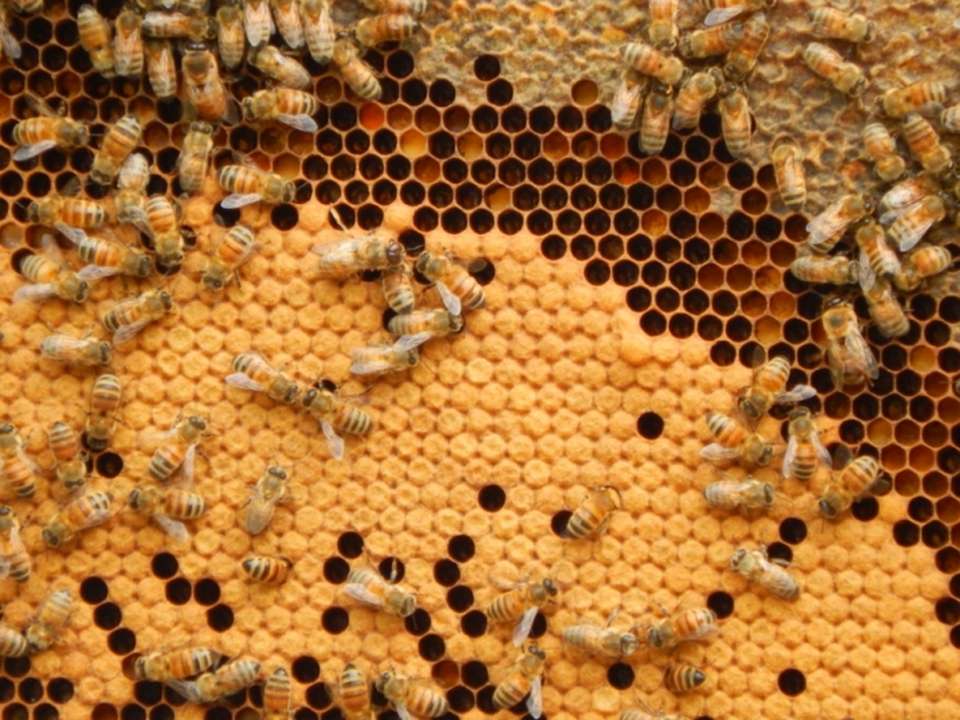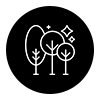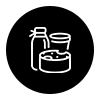
Experts' advice for Beekeeper

Provide drawn combs/frames and super chambers as per requirement, in case there is nectar flow or pollen income or both from the available bee flora. Ripe (sealed) honey, in case of the availability of nectar flow, should be extracted. In case of pollen flow, provide raised empty worker brood cell combs in the brood chamber to hasten colony growth, and honey extraction be resorted only to honey supers separated from the brood chamber with queen excluder. All precautions to avoid robbing should be undertaken during and after honey extraction. This would also curb spread of bee diseases and Varroa mite. Dust sulphur powder on the top bars of the bee combs @ 1.0 g per comb against Tropilaelaps clareae brood mite's infestation. Alternatively, fumigation with formic acid @ 5 ml daily for two weeks may be applied. The latter treatment will also take care of Varroa mite but it should be avoided during nectar flow. In the case of heavy infestation by Varroa destructor mite, the destruction of sealed drone brood comb part, Varroa trapping in sealed drone brood and then its destruction and the use of sticky papers on bottom board coupled with the use of Varroa board can also be integrated. Dusting of icing sugar @ about 2 g in the evening time in between every two bee combs 7-8 times at three days interval is also helpful in reducing the mite infestation. Spray of freshly prepared oxalic acid solution (4.2%) prepared in 60 per cent sugar solution in water, on the adult bees in the late evening thrice at weekly interval, is also helpful in the reduction of the mite population. Proper spacing among the colonies and also among the migrated apiaries and the extraction of honey from only the super separated from the brood chamber with queen excluder help in preventing spread of Varroa. Keep vigil of the brood diseases and on suspicion, immediately consult experts and appropriate control measures should be undertaken; non-chemical methods should be preferred. The suspected colonies should immediately be isolated from the healthy looking stock. Adopt necessary apiary management operations to avoid wax moth attack inside the colonies. Inspect the stored combs for wax moth attack and apply fumigation with burning sulphur or with aluminium phosphide, if necessary. In areas of floral dearth, give sugar feeding (sugar: water = 1:1) to the honey bee colonies according to the needs and take all measures to prevent/check robbing. In the event of pollen flow and drone brood rearing, queen bee rearing can be undertaken depending upon the prevailing weather conditions, for stock multiplication or for re-queening for which progressive beekeepers can follow mass queen bee rearing technique for which the best performing selected colonies should be used as ‘breeder colonies’. For further information, consult beekeeping experts.
Expert Communities
We do not share your personal details with anyone
Sign In
Registering to this website, you accept our Terms of Use and our Privacy Policy.
Sign Up
Registering to this website, you accept our Terms of Use and our Privacy Policy.








